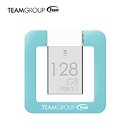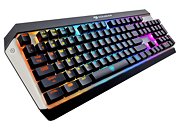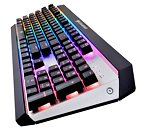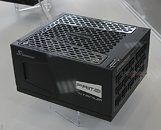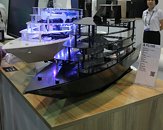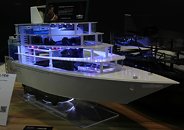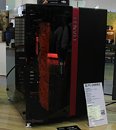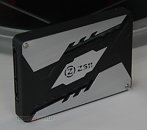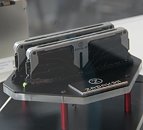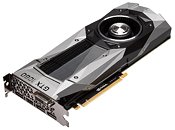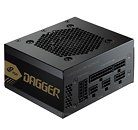
AMD Confirms Press Conference for Computex 2017 - Vega is (Almost) Here
AMD today has confirmed a highly-awaited, long-time-coming, almost too-late-to-be-true press conference on Computex 2017. Via email, the company announced their intention to share a save-the-date announcement for AMD's press conference, scheduled for May 31st from 10 a.m. - 11 a.m.
The conference will be hosted by AMD's CEO Lisa Su and other key executives, and will serve as a venue to "hear more about the latest products and leading-edge technologies coming from AMD in 2017." AMD is apparently "looking forward to providing new details on 2017 products and the ecosystems, both OEM and channel, that will support them." So yeah, this is probably it. A shame about that May 25th Easter Egg with Vega's location on the star charts, but maybe we shouldn't really be complaining, or else AMD might cancel this announcement altogether. And we've waited for Vega long enough, haven't we?
The conference will be hosted by AMD's CEO Lisa Su and other key executives, and will serve as a venue to "hear more about the latest products and leading-edge technologies coming from AMD in 2017." AMD is apparently "looking forward to providing new details on 2017 products and the ecosystems, both OEM and channel, that will support them." So yeah, this is probably it. A shame about that May 25th Easter Egg with Vega's location on the star charts, but maybe we shouldn't really be complaining, or else AMD might cancel this announcement altogether. And we've waited for Vega long enough, haven't we?












